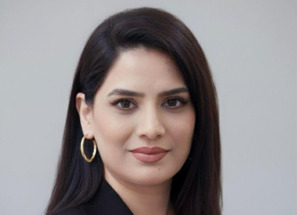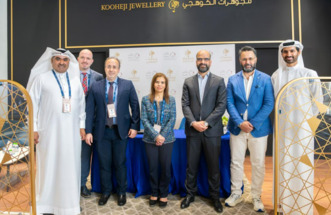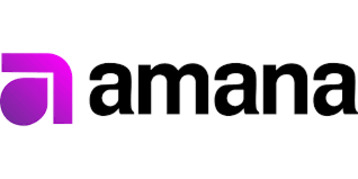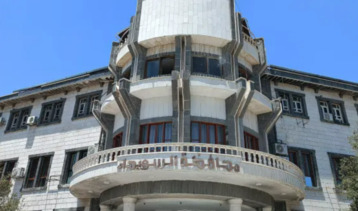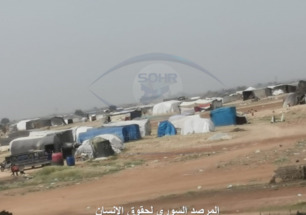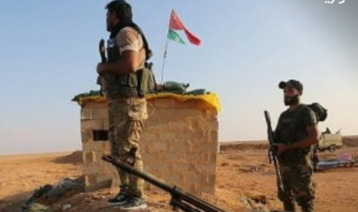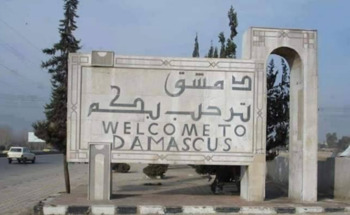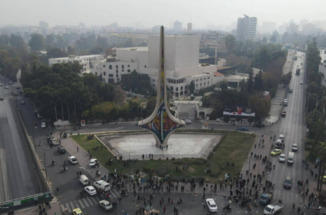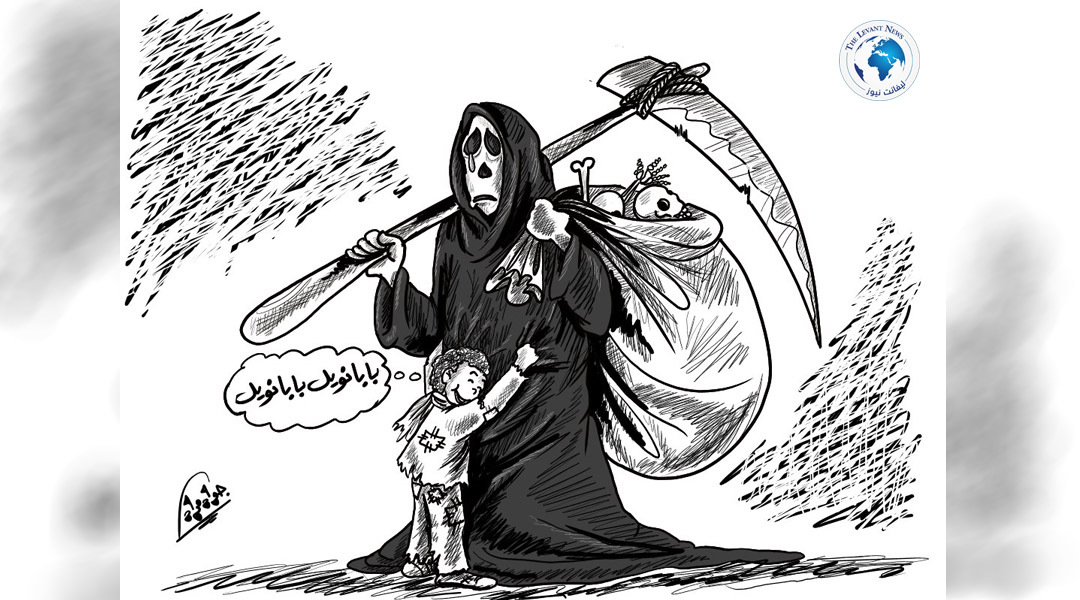-
Monitor: Syrian Government Media Preparing to Launch Broadcasts in Kurdish

The Syrian landscape is witnessing significant developments related to media and politics, as the Syrian Arab News Agency (SANA), owned by the state, prepares to launch its broadcasts in Kurdish this week. This unprecedented step is viewed by observers as an attempt to improve relations with the Kurds and foster a more positive political atmosphere amid ongoing negotiations between the Syrian Democratic Forces (SDF) and the Syrian government.
This announcement comes at a sensitive historical juncture, as the rights of Kurds in Syria have long been suppressed over the past decades. This underscores the importance of this move, which is considered a precedent in the Syrian political and media scene.
Meanwhile, the situation in northern Syria remains tense, where more than 10,000 Turkish soldiers are deployed, asserting Ankara’s control over the region. Despite Ankara’s efforts to achieve balance through rapprochement with Saudi Arabia, recent statements by Turkish officials, which include protective rhetoric in Idlib, contrast with Ankara’s more stringent and assertive policies.
On another front, President Bashar al-Assad continues to pursue a careful strategy amidst ongoing developments in areas like Suwayda and the Druze districts, where demands for self-determination are increasing—especially after his forces failed to marginalize Kurdish claims and control vital oil fields. The Kurds, who control about a third of the country, now view their position as strengthened following their failure in Suwayda, reinforcing their role as a key player in the Syrian equation.
Ibrahim Al-Aseel, a researcher at the Atlantic Council, notes that Assad is currently avoiding direct confrontation with the SDF, opting instead to open one front at a time. His current focus is on managing conditions in Idlib and maintaining a responsible presence, in an attempt to reposition and contain Turkish intervention, which is intensifying amid rising tensions and military escalation.
On the international front, observers believe Assad is under increasing pressure from the global community, especially after recent massacres in Suwayda. A European diplomat stated that “the era of understanding” with Damascus has ended, while others believe the regime remains in a strong position, benefiting from international consensus that keeps the SDF as part of the Syrian solution.
Regarding Kurdish issues, Charles Lister from the Middle East Institute explains that Damascus recognizes the sensitivity surrounding the SDF on the international level. However, most agree on the need to incorporate them into the state, which aligns with regime interests—despite the failure of negotiations or new conditions set by the SDF that hinder agreements. A military solution might deal a blow to the regime’s external approach and disrupt its movements.
On the Kurdish front, the Autonomous Administration has not commented on SANA’s decision to broadcast in Kurdish. However, leader Saleh Muslim described the move as symbolic, emphasizing that Kurdish media outlets already exist and that the regime is now using the Kurdish language mainly for propaganda.
Vladimir Van Vijenberg, a writer and expert on Kurdish affairs, concludes that the launch of official media in Kurdish remains a symbolic gesture, similar to Turkey’s establishment of official Kurdish channels in 2009. Despite this, Turkey continues to repress Kurds and deprive them of their constitutional rights, reinforcing cultural barriers, discrimination, and policies that threaten national unity while deepening divisions and discrimination against Kurds in Syria.
You May Also Like
Popular Posts
Caricature
opinion
Report
ads
Newsletter
Subscribe to our mailing list to get the new updates!

